Magnolialeaf peperomia: description, diseases and care
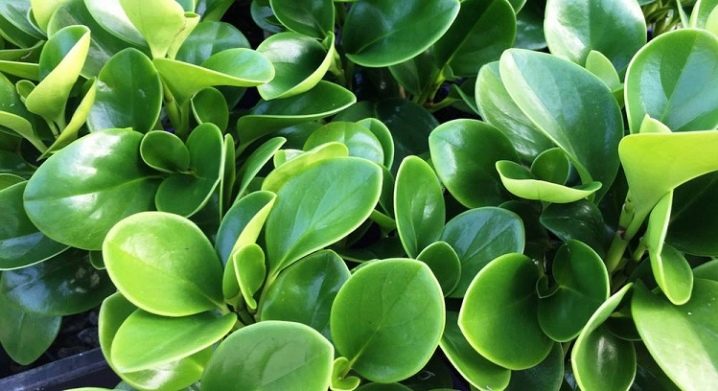
Magnolialeaf peperomia is a rather unpretentious variety of indoor plants. Florists loved it, first of all, for its decorative appearance, namely for its unusual leaves. Such a plant can decorate any house or apartment. We will talk about the features of growing and care in the article.
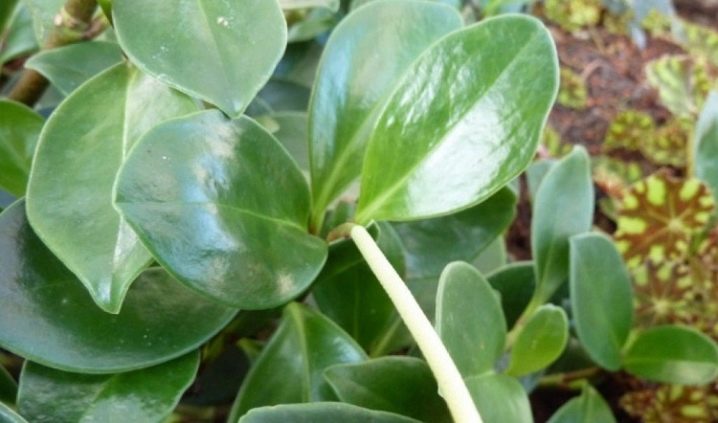
Description of the variety
Magnolialeaf peperomia belongs to the pepper family. Its homeland is the tropical forests of South America, most of it grows in Brazil.
The plant is considered a perennial. Its height reaches 25-30 meters. The stems are very large, fleshy, covered with many short-petiolate leaves. They, in turn, have a round oval shape.
The deciduous plate is smooth, a slight gloss is noticeable. The diameter of the leaves is about 5 cm. They are painted green, the shade changes from monochrome light to dark.
By the way, some varieties of peperomia have a striped or spotted coating on the leaves.
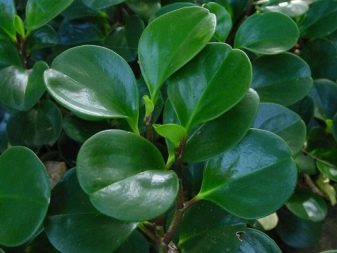

Magnolia-leaved peperomia has a "relative" - variegated peperomia. It does not bloom. In magnolia-leaved, the flowering period still begins, however, the inflorescences do not differ in an unusual shape, rather, they resemble spikelets of a plantain.
Magnolia-leaved is a symbolic flower. Experts advise paying attention to the green bush to contradictory personalities, in whose character rebellion prevails. The plant creates a favorable atmosphere, smoothing out irregularities in human relationships and creating home comfort.
In addition, peperomia is very beneficial for the air in a living room - it has the ability to cleanse, moisturize, and destroy germs and bacteria.
This is especially true for allergy sufferers.


How to care for
This variety of peperomia is unpretentious. Growing at home requires a few simple rules to keep the flower in good condition.
Experienced growers advise, after buying a young seedling, to carefully examine its roots. After planting a plant in a pot, it is recommended to monitor its condition. So, if the roots are not visible from under the drainage cover, further transplantation into another container is not required.
In general, peperomia prefers a permanent place of growth. Frequent transplants have a painful effect on the condition of its root system.
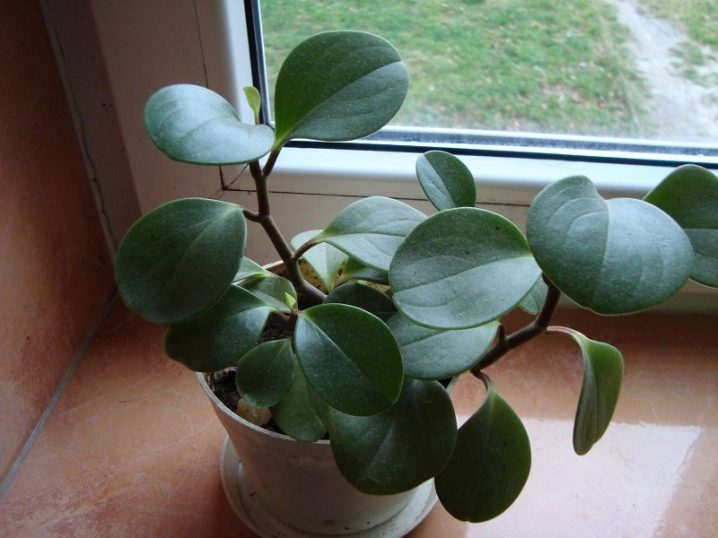
Lighting
Florists do not recommend placing the pots on a strongly lit windowsill - the leaves brighten from constant direct sunlight. Therefore, diffused light will be the ideal condition for keeping a flower.
In addition, peperomia demonstrates good results when exposed to artificial lighting, for example, phytolamps, as well as ordinary room lighting.
This feature allows you not to put the pots by the window at all.
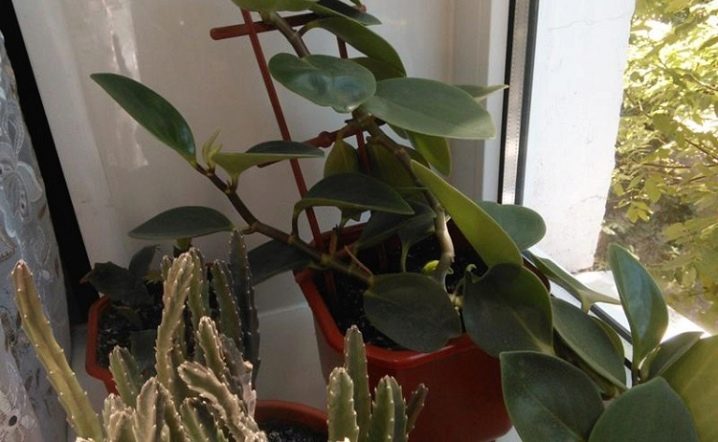
Temperature
Magnolia-leaved peperomia is a heat-loving plant. The optimal temperature regime for its content is 20-25 degrees. Drafts and sudden changes painfully affect the general condition, sometimes lead to illness. It is important to maintain warmth throughout the year, since this variety does not have a rest mode.
For the same reason, it is not recommended to grow peperomia on the north side - a lack of light will lead to the loss of the decorative appearance of young shoots, they will become elongated and completely unattractive.

Watering
Magnolialeaf peperomia is able to withstand short-term dryness of the soil, but excess moisture will not benefit the plant. The reason is that powerful stems and leaves tend to accumulate water in order to consume it if necessary.
Waterlogging of the earth at low air temperatures is especially dangerous - the root system is prone to decay.
So, moderate watering should be carried out in the summer, closer to winter - a little less often.
Better to use warm water.
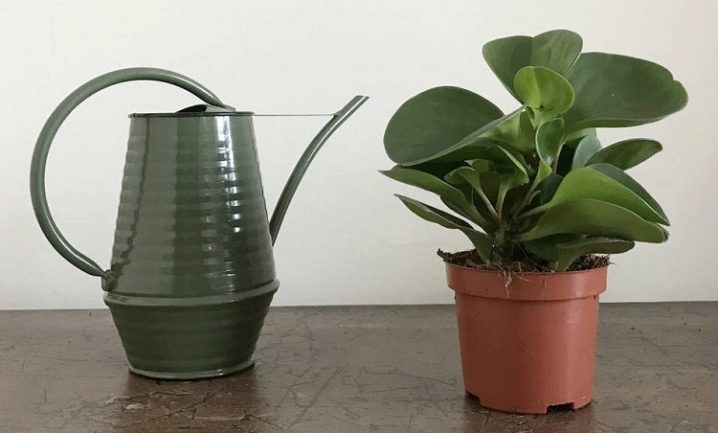
Humidity
It is very easy to overdry a tropical flower, especially at the beginning of the heating season. In the colder months, it is recommended to carry out regular spraying with water - this is the most effective protection against dry roots and foliage. The rest of the time, such manipulations are not required. Experienced growers advise to put the pot on a pallet with a claydite layer during the heating season. It, in turn, needs to be constantly moisturized. Do not let the bottom of the container come into contact with water - this will not protect the roots from waterlogging.
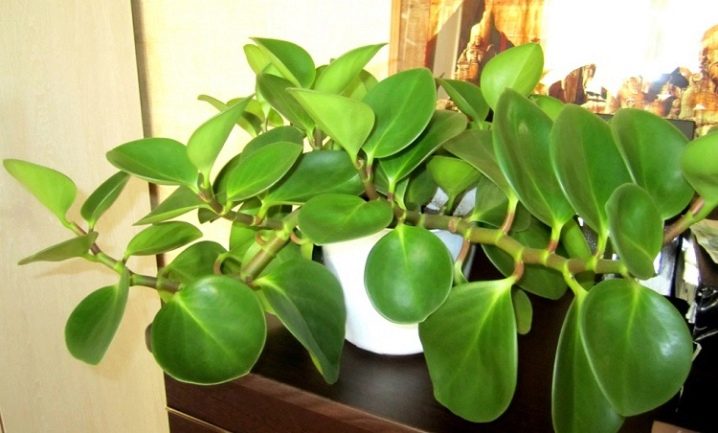
Fertilizers
A flower planted in fresh soil does not require too frequent feeding. To saturate with useful elements, the plant is fertilized once every three weeks. In this case, it is recommended to apply half the dose of fertilizer.
Peperomia needs additional nutrition only during the growing season; in winter, fertilization is completely stopped.

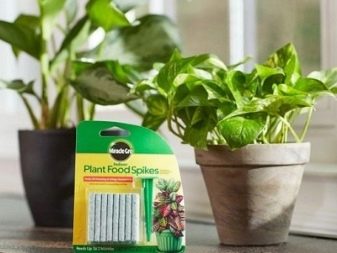
Plant formation
It is quite simple to grow a beautiful lush bush at home - the main thing is to pinch the stems sometimes. And it also leads to the formation of lateral shoots that affect the decorative appearance of the flower.
In addition, do not forget about the tops: as soon as the lower leaves have been dropped, you need to shorten the upper part of the shoots.
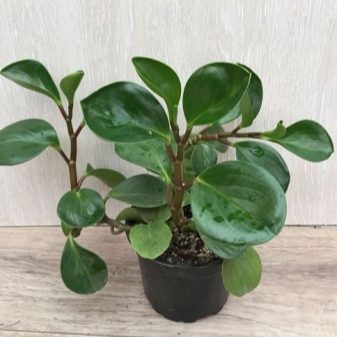
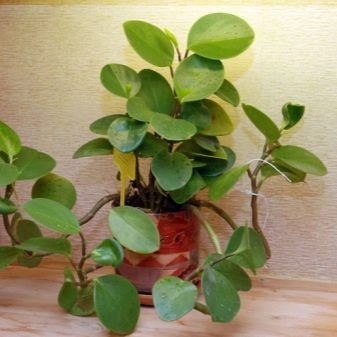
Transplant and reproduction
For planting, shallow containers with a drainage layer at the bottom are used - this has a beneficial effect on strengthening small, weak roots.
According to the rules, young peperomia undergoes a transplant every year, however, the dishes are chosen 4 cm larger than the previous one. Transplants of an adult flower (upon reaching 3 years of age) are reduced - the procedure is carried out every two years. As for old specimens, they are transplanted in rare cases: if, for example, the roots appear from the drainage holes.
For the full growth of peperomia, high-quality soil is needed: it must be loose, with a high level of fertility. Too heavy soil threatens with rotting of the root system.
You can increase the supply of useful trace elements by adding mineral components. Experienced flower growers prepare their own planting mixture: from sand, leafy earth, humus, peat.
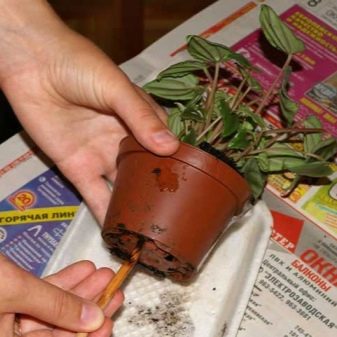
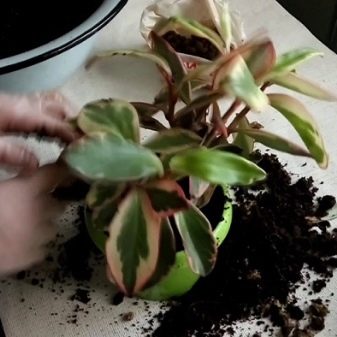
Decorative peperomia reproduces in three ways.
- By dividing... Produced at the time of transplant. The bush should be divided into parts, the roots should be thoroughly untangled. Each part can be disinfected with charcoal powder, after which it is allowed to plant it in a separate pot. Watering is not needed in the first week.
- By cuttings... Blanks are used - parts are cut off from the upper shoots with a pair of nodules. The planting mixture - sand + turf - must be constantly moistened. The stalk is placed in a shallow (4 cm) hole, covered with foil to create the necessary greenhouse effect. Healthy atmosphere - at +25 degrees, low temperatures lead to decay.
- Seeds... The planting material is sown in a flat dish with prepared soil (sand + earth). Then you need to moisten, cover with glass (the heat necessary for germination of seeds is created). It's also important to take care of the lighting. After the first leaves appear, young plants can be planted in separate pots.
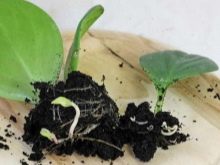
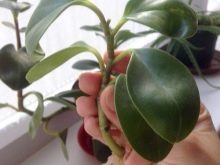
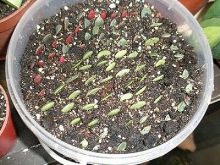
Diseases and pests
In addition to standard care procedures, a houseplant needs prevention against diseases and harmful insects. Most of them, by the way, appear as a result of incorrect content.
Possible foliage problems:
- darken (the reason is a sharp drop in temperature);
- fall off rapidly (lack of moisture, more often due to the contents of the pot near the turned on battery);
- become lethargic (the process of root rotting or the development of a fungus as a result of frequent watering);
- shrivel (direct sunlight).
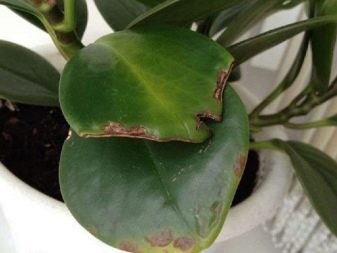

We must not forget about the pests that spoil the appearance, and sometimes the health of room peperomia. So, too dry air provokes the reproduction of two insects - thrips and spider mites.
- Mite... A white bloom appears on the leaves. Special preparations - insecticides - help to fight the pest. Rinse the affected areas with warm water before use.
- Thrips... They multiply rapidly, laying the larvae under the leaves. Individuals feed on the nectar of the flower, drying the leaves. Dehydration of the plant threatens its death. Therefore, it is recommended to regularly inspect the bush. Wash the infected areas with soapy water, then sprinkle with a special antidote.
- Mealybug. The case is less common. Small white insects quickly spread throughout the bush. An alcohol solution is used to fight.

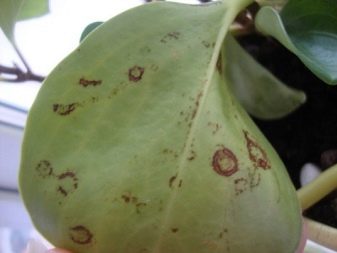
Magnolia-leaved peperomia is a very beautiful indoor flower. The conditions for keeping a plant in an apartment are quite simple. Full care is watering, temperature, air humidity and lighting.
Despite the unpretentious and stable nature of the variety, flower growers recommend stocking up on pest control drugs.
A lush green bush on the windowsill is an eternal decoration. A few simple rules for growing and caring will help you achieve a beautiful, healthy state, and the flower, in turn, will thank you with a favorable atmosphere in the house.
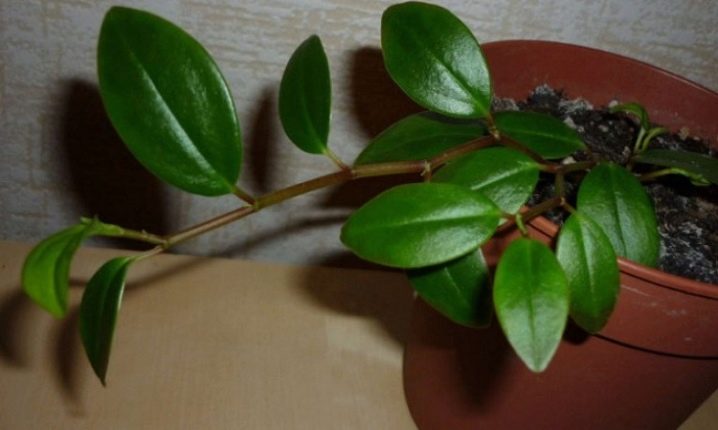
For information on how to care for peperomia at home, see the next video



















































The comment was sent successfully.